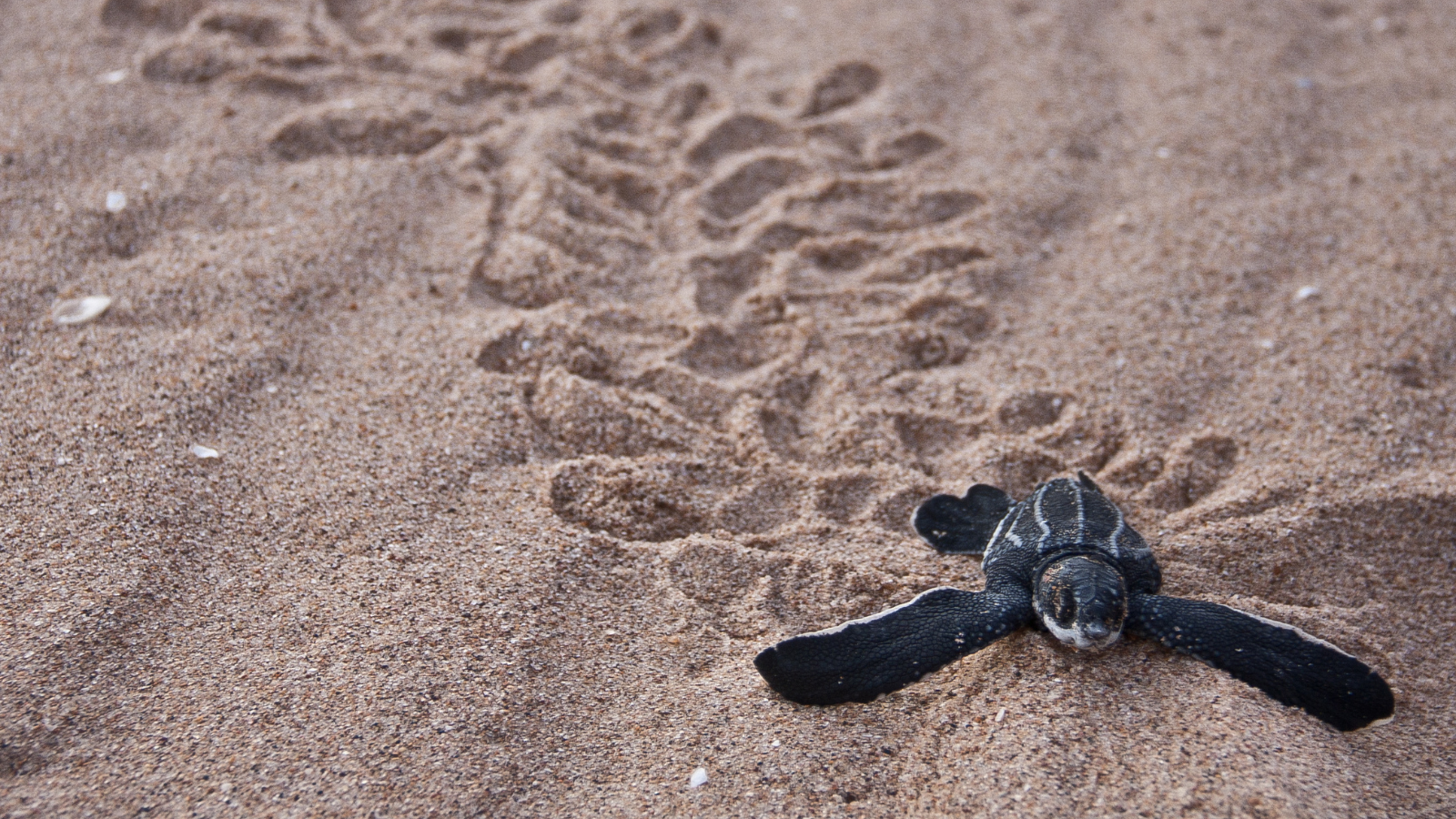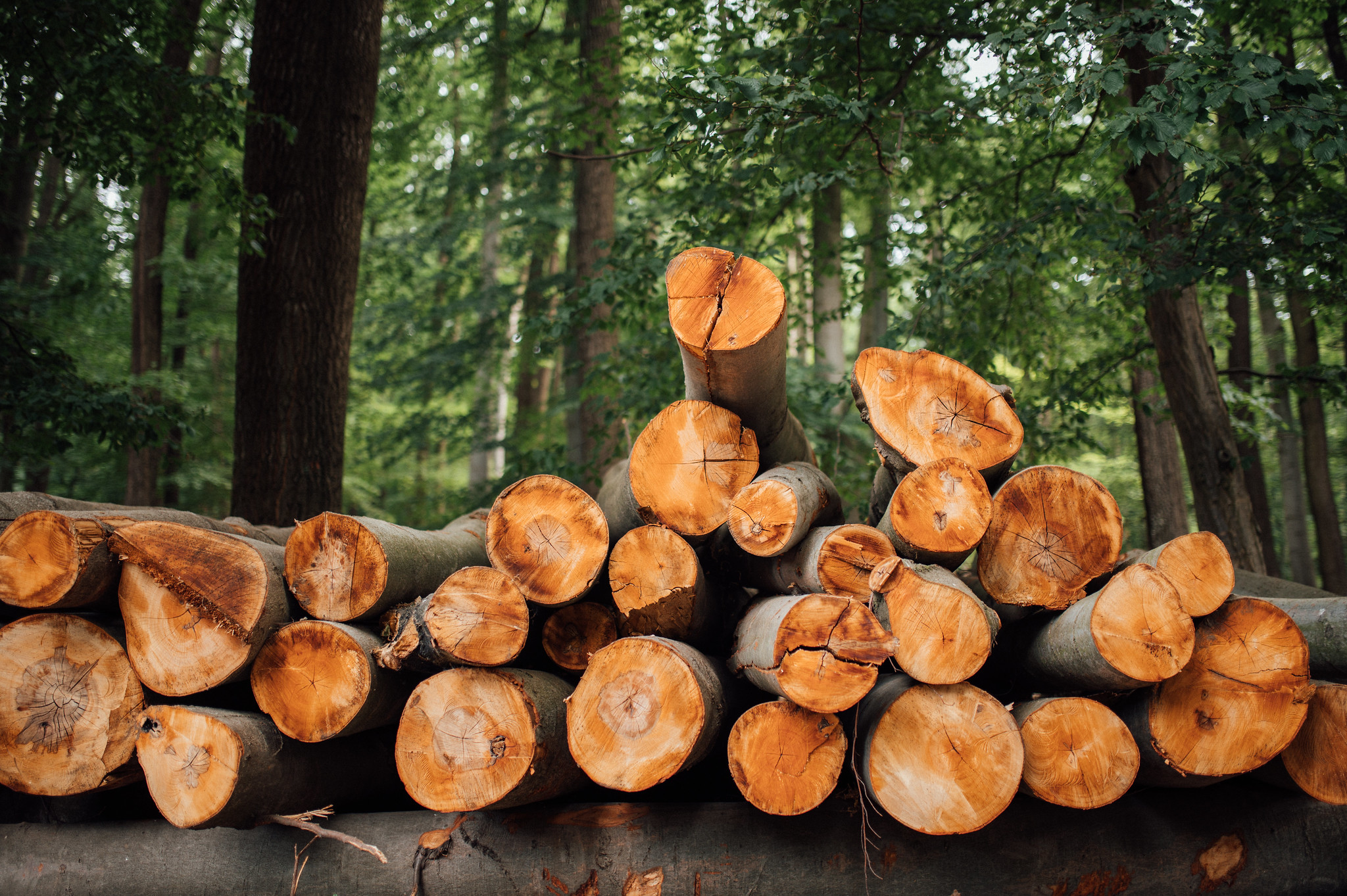If you stand for the Grand Canyon, stand for the Arctic
Our nation’s public lands are a treasure trove of life, history and natural beauty.

By Lexis Meza, Student of University of Arizona’s College of Science and Julia Dinmore, Public Lands Campaign Associate for Environment Arizona
Our nation’s public lands are a treasure trove of life, history and natural beauty. President Biden’s recent restoration of two nearby national monuments—Bears Ears and Grand Staircase-Escalante in Utah—reminds us just how precious these lands are and how important it is that they be preserved. With 22 national parks, 46 national historic landmarks, and 10 national natural landmarks, it’s clear how much Arizonans value their land. In these special places, Arizonans create memories; from a weekend hike through the Grand Canyon to a wedding celebrated with friends and family beside Camelback Mountain to a quiet night spent beneath Flagstaff’s dazzling stars, our lands provide us a natural sanctuary to create memories and appreciate life’s simple joys. The significance of our public lands goes beyond beauty and recreation, though. Through nature, we develop a connection to one another, to the land and to the wildlife around us.

Ooh Aah Point, Photo: National Park Service
Photo: PSAR at Ooh Ahh Point, NPS Photo (2018)
Arizona’s 30.5 million acres of public lands include more than 1.6 million acres in our nine wildlife refuges. Our wildlife refuges provide stable and secure habitat for bighorn sheep, mule deer, mountain lions and bobcats. You can find Arizonans hunting and fishing in various national wildlife refuges such as Cabeza Prieta, Cibola and Havasu. Individually, they are safe spaces for all—humans and wildlife alike. Together, they make up a greater system of national wildlife refuges that should be valued—and protected—by all of us.
Alaska’s Arctic National Wildlife Refuge, among the world’s last remaining truly wild places, is one of these natural jewels. The sweeping, arctic landscape features unmatched biodiversity living in a wide range of habitats, from glistening snowscapes to vivid, bountiful meadows. Its biological heart is a 1.5 million-acre coastal plain with a dizzying array of wildlife. Hosting millions of migratory birds from all 50 states and six continents (including snow geese and sandhill cranes that winter in Arizona) to the more than 200,000-strong Porcupine caribou herd that completes the world’s largest terrestrial migration to birth its calves on the coastal plain, the refuge is integral to the survival of the remarkable biodiversity it hosts.
It’s important to remember that the refuge is also deeply meaningful to the Indigenous peoples who have stewarded and relied upon this remarkable ecosystem for countless generations. Just as the Cibola National Wildlife Refuge is the traditional home of the Yuma Tribe of the Colorado River, the Arctic Refuge is home to the Indigenous Gwich’in and Iñupiat peoples. The Gwich’in refer to the coastal plain as “Iizhik Gwats’an Gwandaii Goodlit” (The Sacred Place Where Life Begins). They have relied on the Porcupine caribou herd that roams there for thousands of years not only for subsistence hunting but also to sustain their cultural and spiritual practices.

Photo: ANWR View, Arielinha via Flickr CC BY-NC 2.0
Today, the Arctic Refuge’s fate lies in the hands of Congress, and Arizona has a part to play in protecting this special place. In December 2017, Congress passed a massive overhaul of our nation’s tax code with a controversial provision that requires at least two lease sales for oil and gas development by 2024 in the refuge’s coastal plain. The first lease sale was held last January, and the dismal results reflected the public’s general opposition; only nine tracts were sold out of 22 offered. Now, Congress has an opportunity to reverse the 2017 refuge decision and stop the 2021 leases in the Arctic from going forward.
If drilling moves forward, heavy seismic equipment would scar the landscape for decades, raking over the tundra and threatening to crush denning polar bears as newly-built pipelines crisscross caribou calving grounds. Drilling in the Arctic Refuge is as abhorrent as uranium mining around the Grand Canyon—both are recipes for disaster.
Before the president’s signing of the monument restoration for Bears Ears and Grand Staircase-Escalante, Secretary of the Interior Deb Haaland spoke of what the momentous occasion means for the future: “Together, we will conserve and protect our lands and ocean for people, for wildlife, for the climate. Together, we will strengthen our economy with healthy, resilient, natural systems.”
To fulfill this vision and ensure that future generations have the privilege of experiencing the majesty of our nation’s wilderness, we must extend this kind of protection to places like the Arctic National Wildlife Refuge and the Grand Canyon.
Right now, our leaders in Washington, D.C., have the chance to propel us towards a greener, healthier future, with the Build Back Better Act (BBBA) which would end the oil leasing program in the refuge. Sens. Kyrsten Sinema and Mark Kelly have shown a willingness to defend the Grand Canyon. We now ask that they also stand for protecting the Arctic Refuge by voting for a BBBA that eliminates oil drilling in the Arctic National Wildlife Refuge.
Topics
Authors
Julia Dinmore
Find Out More

Where in the world do leatherback turtles go?

We’re hiring interns who envision a cleaner, greener world

EPA report says pesticides endanger wildlife


